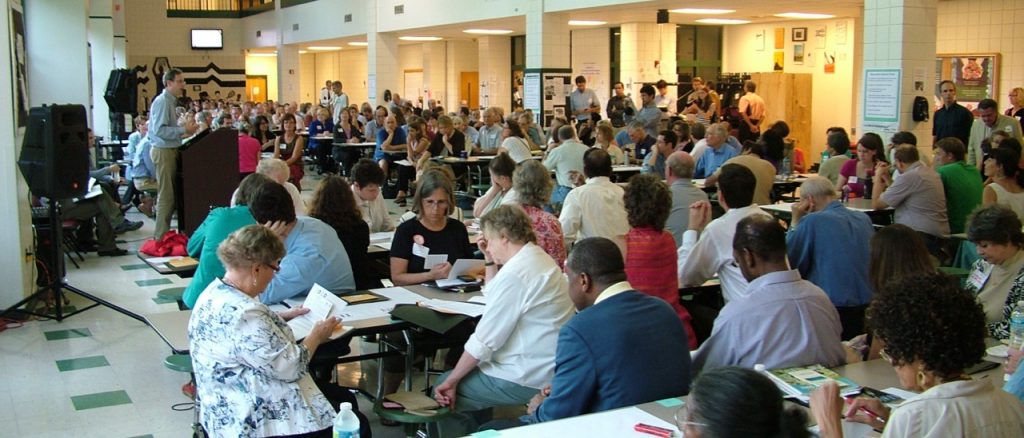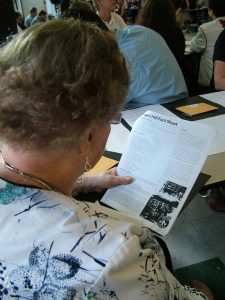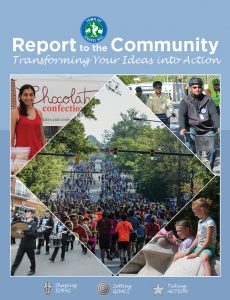
The reporting-back communications loop in community engagement is more important than ever. If public participation means to involve those who are affected by a decision in the decision-making process, then participants need to know how their input has affected change. The outcome of their engagement gives meaning to their participation.
The Town of Chapel Hill (pop. 59,000) embarked on a new era of community engagement when it launched the largest community planning efforts in its history in 2010 with the development of the Chapel Hill 2020 comprehensive plan. The plan is a reflection of the people’s values, aspirations and ideas. The outreach was excellent with having achieved the goal of touching 10,000 people during the yearlong visioning process.
As the communications manager for our organization, my role in this effort was similar to that of many in the communications and marketing spectrum of community engagement efforts. My team worked to publicize meetings, create pamphlets, write news releases and newspaper columns, create webpages and surveys, and design bus wraps and posters. We continually looked for creative ways to reach more residents. We also documented the process so that we could tell the story along the way, still encouraging greater participation. We posted what thousands of people had to say.
Once the community visioning plan was adopted, our Town Council established goals in response to ideas and concerns. Staff teams from planning, housing, public works, and parks and recreation departments, as well as other business units, got busy. Sometimes, these teams – having successfully “completed” the community engagement work and then working toward implementation – may not loop back with professional communicators in their organization to report out on activities moving forward. Or, we sometimes omit the context about the public engagement that came first when we do report on our activities like new roadway plans, affordable housing initiatives, and service enhancements.
In our organization, we look for opportunities to make connections between idea sharing and action in our public communications. As an example, our annual report to the community takes an original approach to show residents how their ideas transform community. The report is distributed as an insert into the local newspaper and its posting online at is circulated via social media throughout the year.
Chapel Hill’s Report to the Community opens a window into the work of local government with emphasis on showing how residents drive its work. Ideas are received and collected through such planning processes as that used for Chapel Hill 2020. Ideas, priorities and preferences also are expressed by residents through many other community plans — and a community survey. Goals are expressed through the Town Council’s biennial work plan and budgeting efforts. Actions are reported out in the annual report and other communication outreach.
Community engagement efforts involve many partners. Successful teams work closely with their communications and marketing professionals – not only to “get the word out’ with a call to participate at the beginning — but to also to effectively report back to tell participants what was heard, and how government actions acknowledge and respond to that input.
These actions go a long way toward improving understanding of how government works, and why engagement matters.
Catherine – the outreach and efforts to explain how citizen input affects city government actions is impressive. I have a different kind of question: the relation between input and City Council deliberations and policies.
Input is great, but different ideas cannot all be incorporated into actions. There are limited resources. The Town Council must make choices.
Do you have reflections on the challenge of seeking and getting input, but some of the input meets the answer of “No” ? Not the policy preferred by Citizen A. Or not this amount of money to go to X project. (Or variations like – not now, or maybe combined with something else, etc.).
This is the reality of local government action: not all input can reach the action stage. Nor should it. Ideas are fine, but legal requirements, technical and financial expertise, and other considerations are important to guide a Town Council’s decisions.
The most simple way to put the question is “How do you say ‘No’ nicely to the folks who have given their input?”